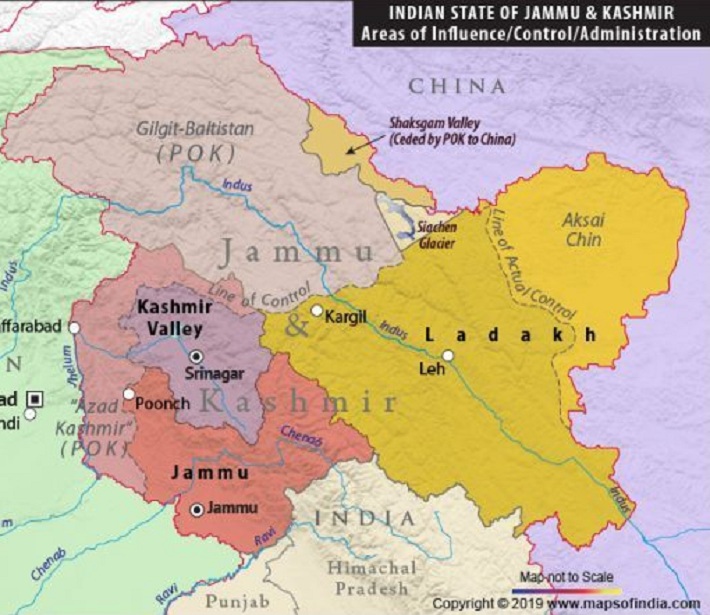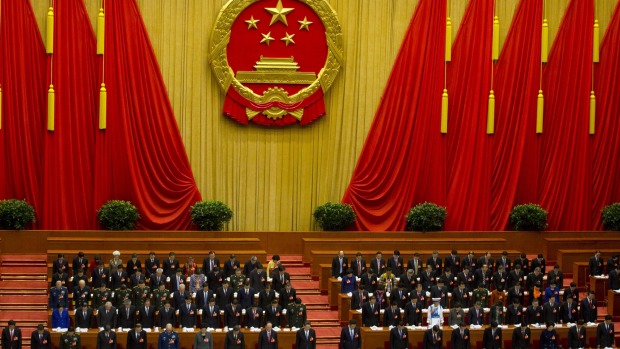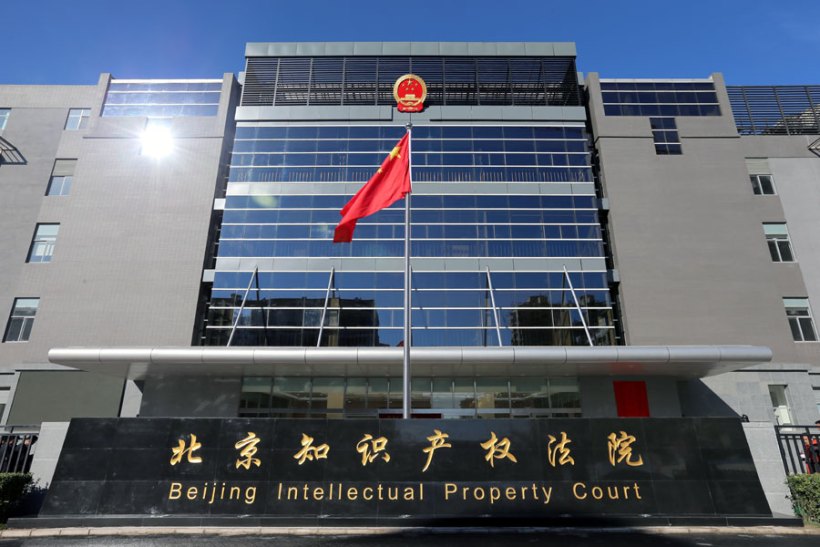P.K. Anand, Research Associate, ICS
When an idea grips the masses, it becomes a material force – Karl Marx
German philosopher and political theorist Karl Marx’s quote depicts the power of ideas and how, if other factors remaining stable and equal, the value of ideas to generate transformation is very potent.
However, in the world of policy-making, ideas are not mere abstract concepts; in its germination from a seed to reach full fruition, they often have to navigate through the thick architecture of systems, structures and processes. Mostly, the shape of the ideas would have been altered significantly, to the extent they might even be indistinguishable. If this is the story with ideas that have potential traction, what about those which are yet to even lift off the ground, or even be difficult to execute due to systemic, and political-economic constraints?
Bharatiya Janata Party (BJP) leader Subramanian Swamy’s recent suggestion of getting the Chinese to redirect their Belt and Road Initiative (BRI) through Mumbai and Kolkata ports falls into the latter category — incoherent, and without attention to details. In domestic politics, Swamy’s extreme Right-wing opinions and verbose are often ignored by his party and the Union government. However, on this count, he attempts to indicate seriousness to his idea, by indicating the apparent affirmation of the Chinese leadership.
Juxtaposed with the concrete realities on the ground, it is doubtful that his signalling would get across to the intended sections in the government. This is largely due to the avowed opposition of the Indian government on the BRI though it is yet to come out with a concrete, well-articulated response to the initiative or offer a credible and tangible alternative. Rather, oft-handed comments and terse statements are all that are available for analysts to parse through to understand the official position.
If one were to build a macro picture going by those comments as well as looking at the Chinese assertiveness, the non-transparency in most of the projects and increasing contrarian voices on the BRI from some of the participant countries, it is difficult to imagine that merely keeping out of Pakistan occupied Kashmir (PoK) would resolve the issue.
As a rising power, India aspires to play an equally enhanced leadership role in the world and, therefore, competition with China is inevitable, at multiple levels. In this context, any involvement in the BRI with next to no control on the narrative would be perceived as playing second fiddle. Furthermore, the China-Pakistan Economic Corridor (CPEC), even with all its fragilities, is now moving to the second phase and therefore, the chances of Beijing revising its position are slim.
Swamy’s comments on the Mumbai and Kolkata ports — though BRI is not only about transportation and movement of goods but also infrastructural expansion — provides the opportunity to highlight the pressing concern of weak infrastructural capacities in India. In the hypothetical possibility of flow of goods through both the ports, the (in)capacities in the form of human and material resources, ill-equipped mechanisms, and red-tape, remain plaguing issues and cast serious doubts on preparedness. Given that the Chinese also like to put the money where the mouth is, absence of enhanced basic infrastructure will discourage potential investments.
The lack of resources and structural constraints brings to the fore the critical question of State capacity, or why, despite having high population and economic growth around same levels, China was more responsive than India in distributing resources and directing development? The high degree of organisational capacity of the Chinese State being under one-party rule notwithstanding — and thereby looking beyond the simplistic notion of type of regimes, or multi-party democracy vs one-party State — the key to the answer might lie in India’s weak public institutions.The inability of the State to perform the functions of economic and social development due to constraints of societal rifts or administrative barriers negatively impacts the people. The ongoing churning on ideas of belonging and citizenship has only exacerbated the lack of faith and trust in institutions, questioning their efficacy and effectiveness.
Clearly, material force, and concrete conditions, are key factors in actualising ideas.
Originally published as Why BRI through India is wishful thinking at best in Moneycontrol.com, 23 January 2020


